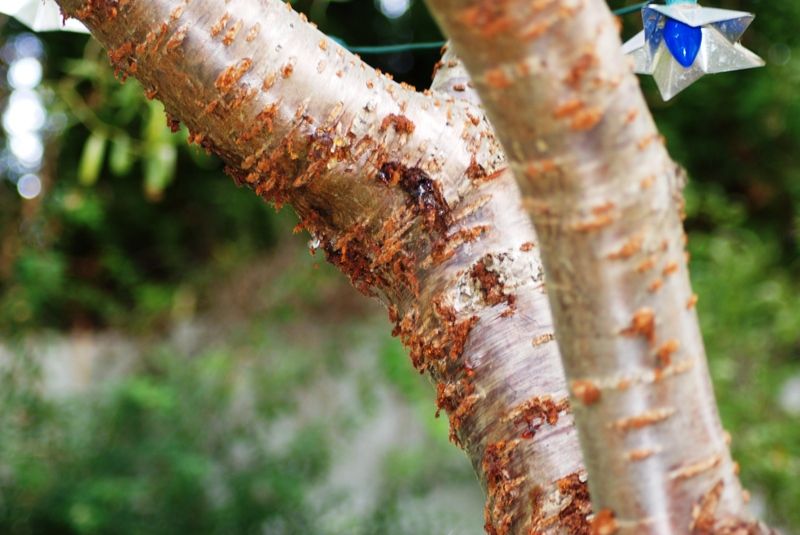
Arbor-wellness: Cherry Bark Tortrix
What is the Cherry Bark Tortrix?
The cherry bark tortrix, is an introduced caterpillar pest in western Washington and from British Columbia south to parts of Oregon coastal areas. It is found mostly on cherry, plum, and apple; but may also be found on peach, crabapple, pear, hawthorn, mountain ash and quince.
Why do I need to worry about it?
It is a growing problem in our area. It can kill trees outright through girdling the trunk. Typically, though, heavy infestations around the graft lead to dieback above the graft. The stress associated with an infestation can leave trees susceptible to secondary disease and insect problems.
How does it spread?
Cherry Bark Tortrix is a smaller moth, whose caterpillar stage does the damage inside the lower tree trunk. They overwinter in the trunk and emerge in the mid-late spring time frame. The adults lay eggs in cracks and wounds in the bark area in late summer. Large populations will kill the trees as they girdle around the tree. Initial infections will stress the tree and often cause a gummosis that exudes from the bark.
What is the best way to treat it?
Protection from these late summer infections is usually the best proactive treatment, but spring systemic treatments are also effective and should be considered if you are concerned about this pest. Your Arborwell Arborist can insect your trees and determine a treatment plan. Typically they include a treatment to suppress any existing problem, then an annual proactive treatment to prevent further infestations. Proper tree health is also important, so they may recommend nutritional feeding and corrective pruning if needed.
If you are concerned about cherry bark tortrix, or other problems on your trees, contact your Arborwell arborist to help you create the most effective management plan for them.